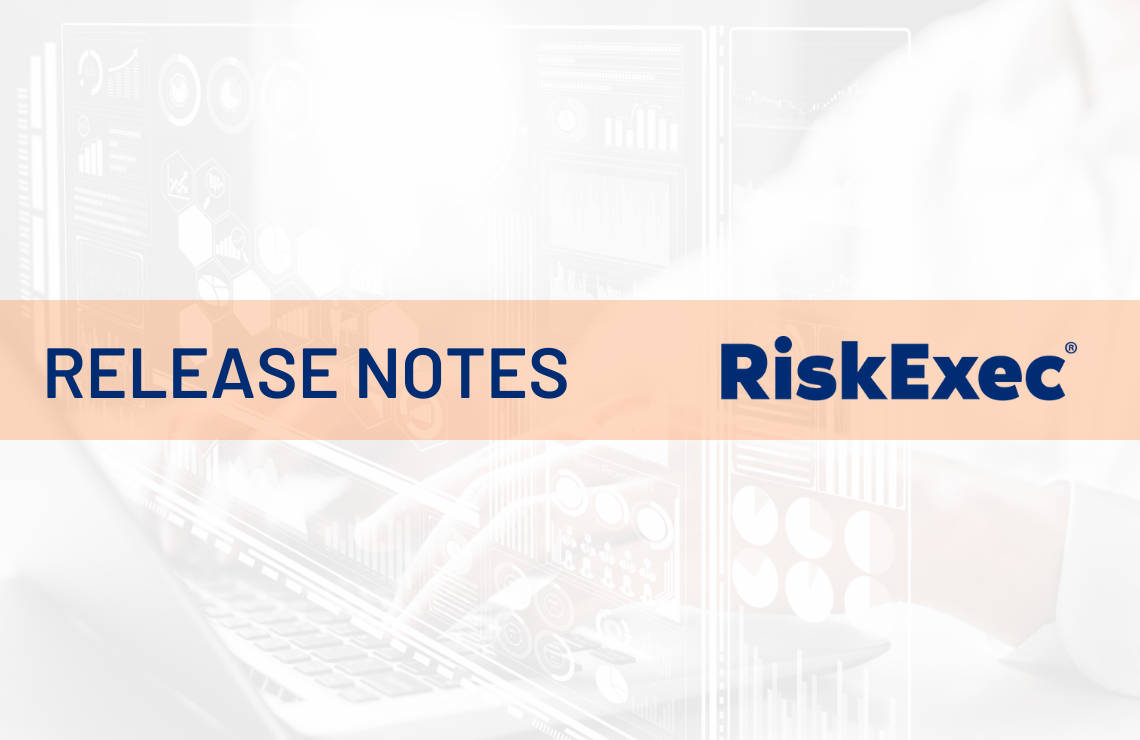


RiskExec has been updated to include the following enhancements:
The count of branches for the target institution and the aggregate branch count of all lenders in a geography have been added to this tab. The branch counts include branches from the FDIC Summary of Deposits and from the Credit Union listing files.
The RiskExec Fair Lending Categories have been added to the Redlining module. These fields can be used as filters, as well as fields in the Redlining Crosstab report under Dataset Reports.
Users can now run the CRA Respondent Group Summary report on the Average of Geography/Unit and/or the Total of Geography/Unit.
For all Respondent Group reports, for all data types, users can also choose more than four peers to run these reports on.
This report has been updated to be grouped by Assessment Area. Previously, it was grouped by MSA.
Goodness-of-Fit Measures Added to Logistic Underwriting Regression Model Output
The following measures have been added to the Model Output tab:
Maximum Score has been added as a calculated field in the HMDA module and in the Fair Lending module for the HMDA dataset type.
The Distressed/Underserved flag has been added to the Property tab of the record detail page.